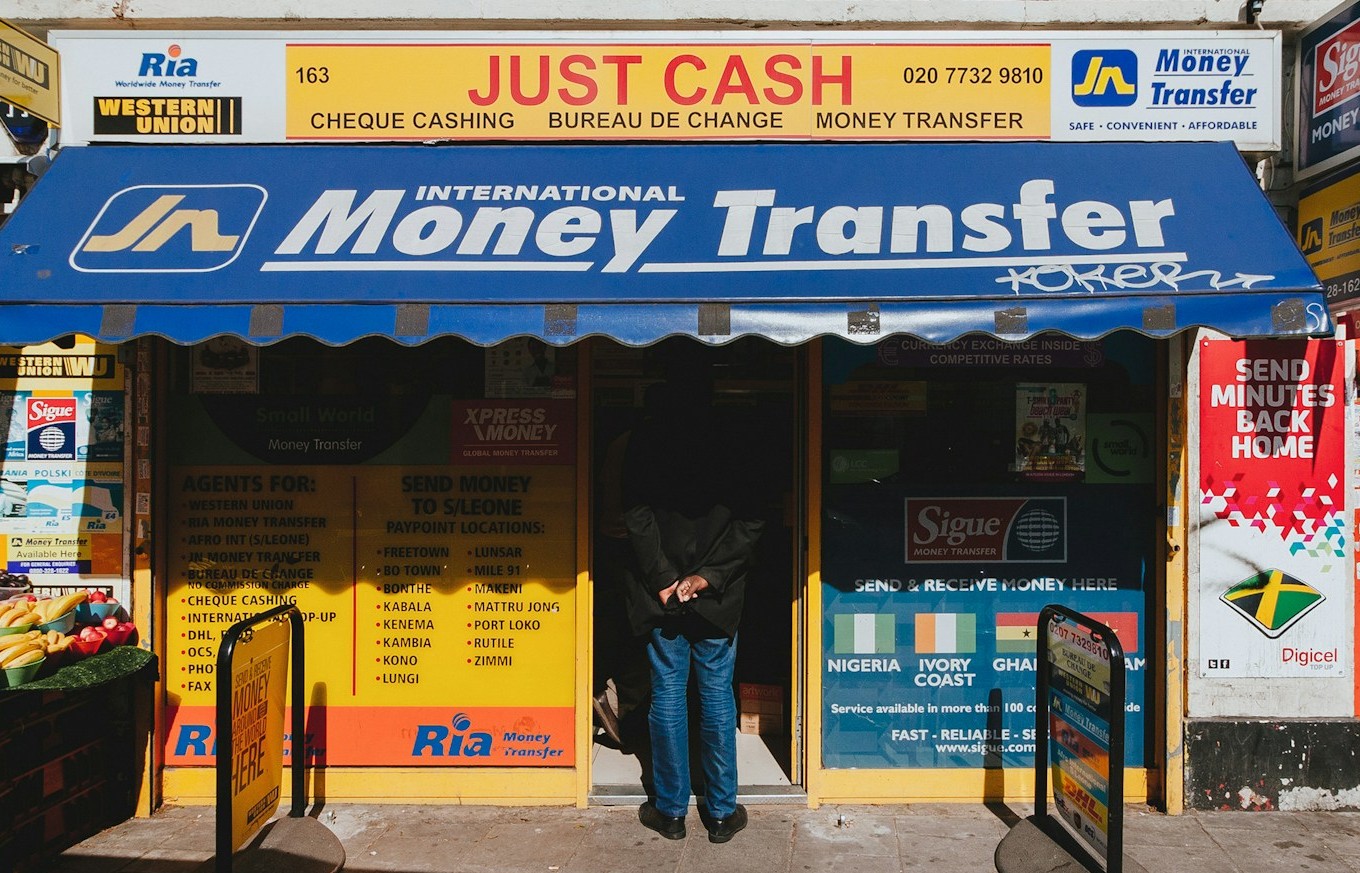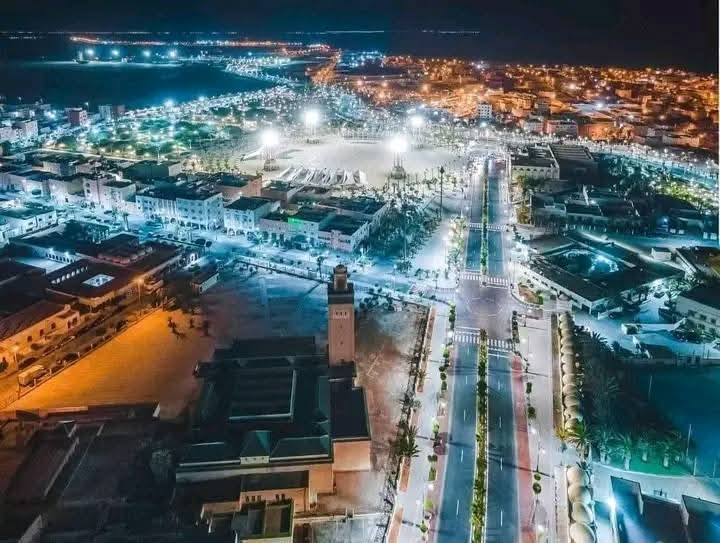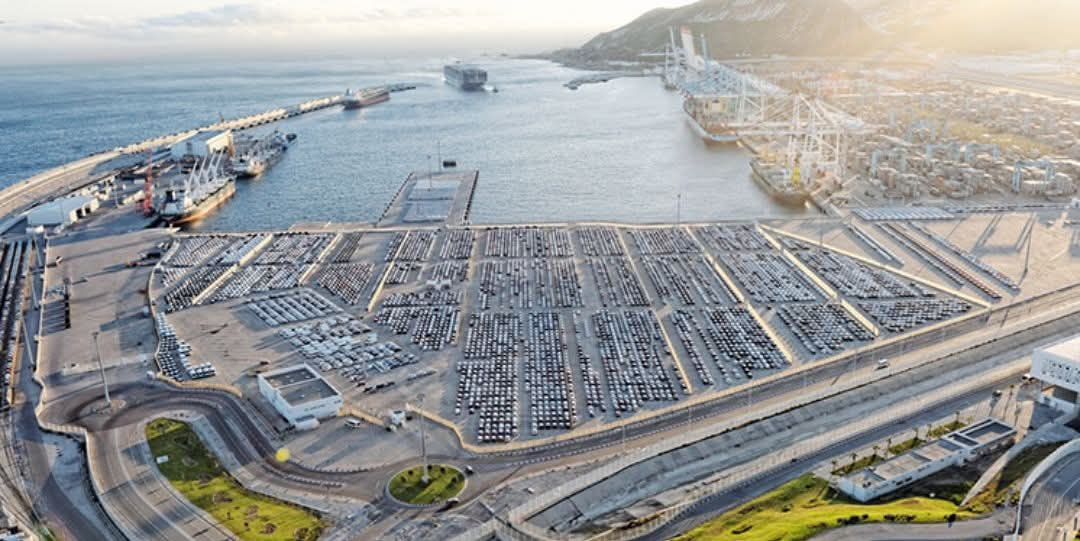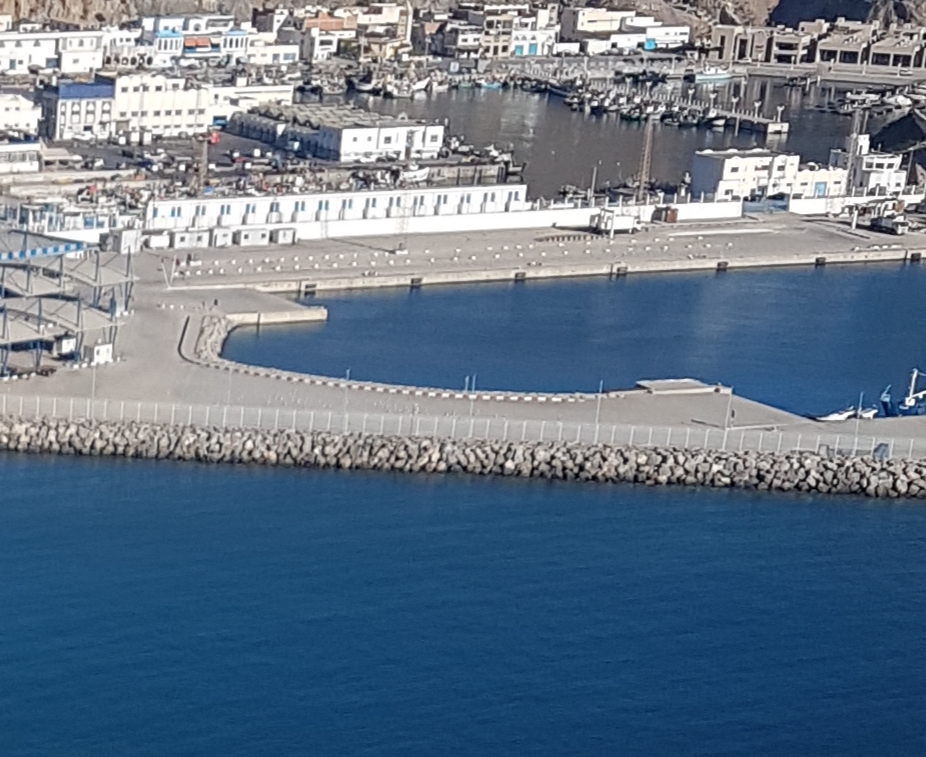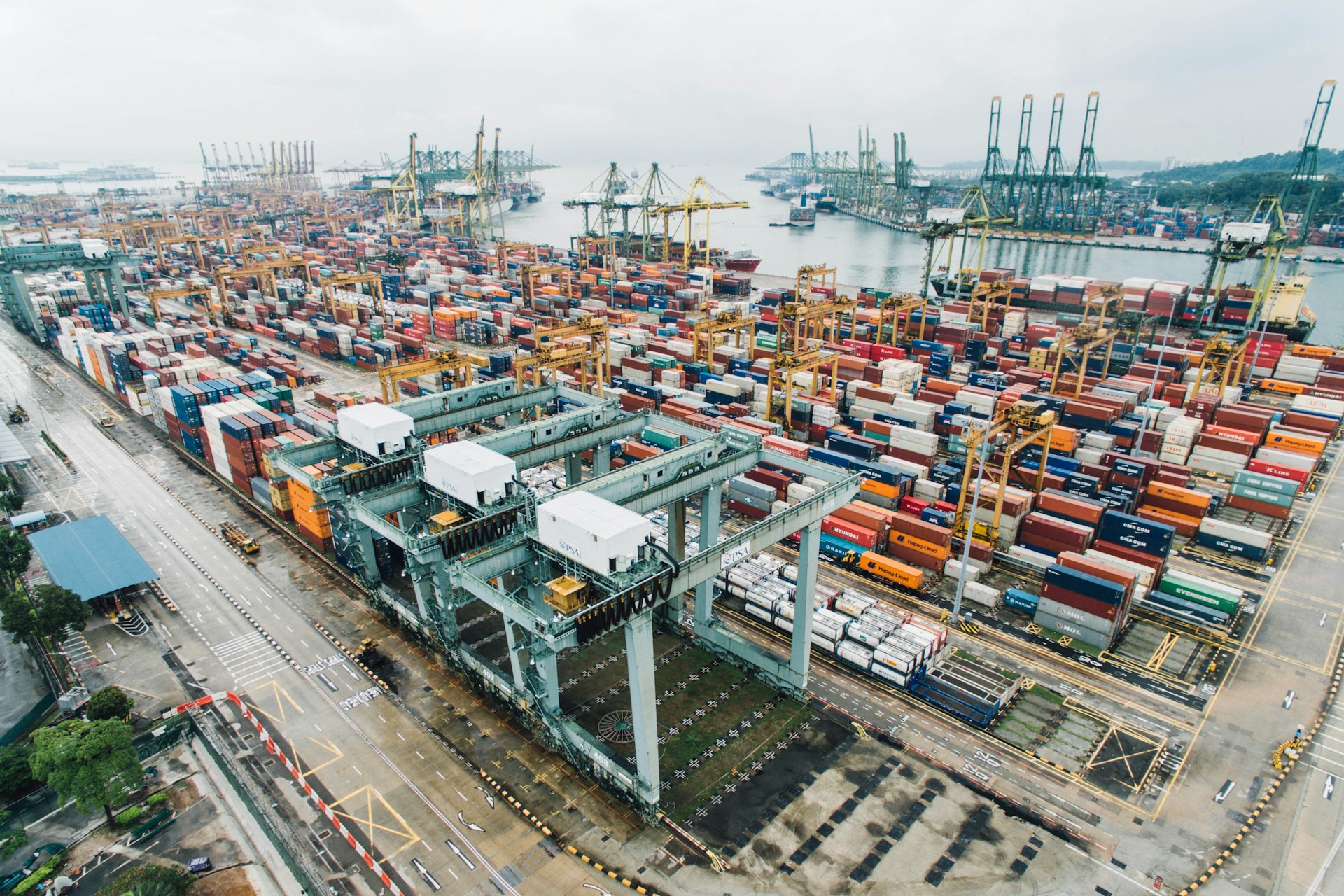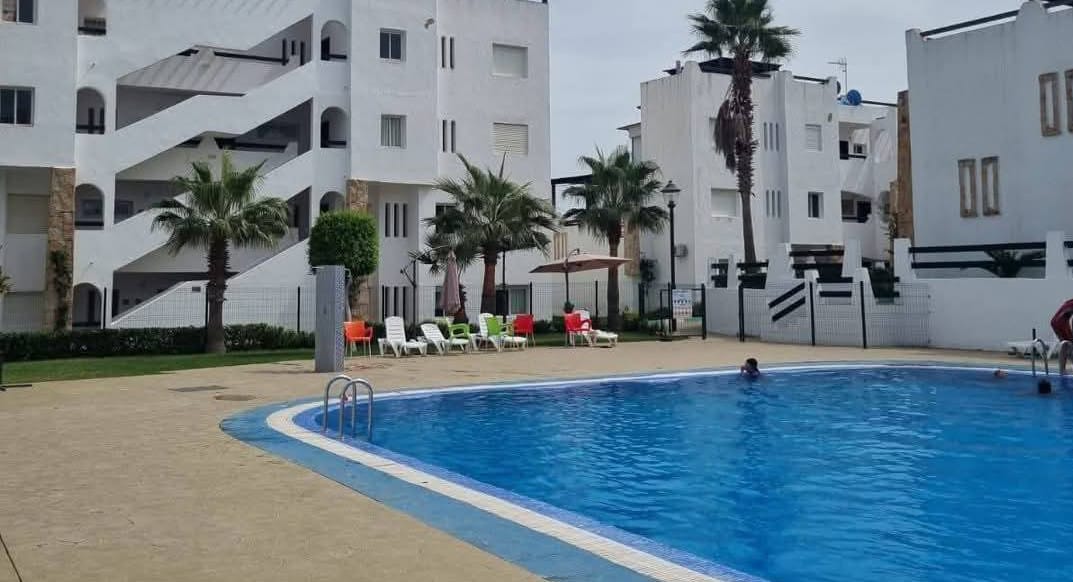Casablanca – Morocco has launched a new financial support scheme for small and medium-sized enterprises (SMEs), marking a significant milestone in the implementation of its 2022 Investment Charter. Backed by a public budget of approximately $1.24 billion, the initiative is designed to stimulate private investment, create jobs, and address regional economic disparities across the country.
The new measure stems from Decree No. 2.22.342, adopted by the Government Council on April 10, 2025. It introduces a targeted subsidy mechanism focused on Moroccan micro, small, and medium enterprises (MSMEs) and is positioned as one of the key pillars of the reformed investment ecosystem.
A new direction in public investment policy
The 2022 Investment Charter (Framework Law No. 03-22) set the foundation for a new national approach to investment—one that prioritizes territorial equity, stable employment, and the growth of productive sectors. The newly enacted decree operationalizes these goals through a tailored support system for companies whose annual revenues range between $103,000 and $20.6 million.
The program excludes the smallest businesses—those with annual revenues below $103,000—except in cases where they are newly established. According to government officials, this selective targeting is meant to maximize the impact of public funds by focusing on firms that are past the early start-up phase and can quickly scale operations and employment.
Who qualifies?
To be eligible for financial support under the scheme, companies must meet several conditions:
- Make an investment of $103,000 to $5.15 million;
- Finance at least 10% of the investment with their own equity;
- Not be more than 50% owned by another company with revenue exceeding $20.6 million;
- Not be owned by a public entity or state-controlled company;
- Demonstrate job creation at a rate of at least 1.5 stable jobs per $1 million invested;
- Operate within eligible sectors, which are defined regionally based on local development needs.
This set of conditions is designed to prevent large corporations from benefiting from incentives intended for smaller, high-potential businesses, while encouraging responsible investment tied to employment and regional priorities.
Grant structure and limits
Companies that qualify can receive a grant of up to 30% of their total investment. This financial aid is structured around three cumulative bonuses, calculated based on criteria such as regional location and sectoral focus. The classification of provinces for bonus eligibility is determined by a separate decree issued by the Head of Government.
To receive the subsidy, businesses must sign a formal investment agreement with the State, outlining:
- The nature and sector of the investment;
- The location and total cost;
- The number of stable jobs to be created;
- The applicable bonuses and terms;
- The obligations of both the investor and the government;
- Implementation timelines and penalty clauses;
- Mechanisms for resolving disputes.
The government also retains the right to reclaim the subsidies if the investor fails to meet agreed-upon targets.
Application and oversight
Applications must be submitted electronically to the Regional Investment Center (CRI) of the area where the project will take place. The CRI is responsible for assessing eligibility and prioritizing projects based on available funds and a first-come, first-served principle.
Investment agreements are reviewed and approved by the Regional Unified Investment Commission (CRUI) and must be signed by:
- The regional governor (wali),
- The CRI director,
- The regional representative of the Ministry of Economy and Finance,
- The investor.
Once approved, projects must be completed within three years, unless extended due to exceptional circumstances.
The CRIs are also tasked with overseeing the implementation of the agreements, disbursing grants, and issuing biannual reports on project performance.
New firms welcome, but microenterprises left out
Newly created companies are eligible for the program even if they do not meet the minimum revenue threshold, provided they fulfill all other requirements. This exception is intended to encourage entrepreneurship and new business formation.
However, the decision to exclude very small enterprises—those with revenues below $103,000—has been criticized by some observers. These microenterprises make up a significant share of Morocco’s informal and semi-formal economy. By not including them in the core scheme, the policy risks reinforcing existing gaps between the formal and informal sectors.
Moreover, concerns have been raised about the administrative complexity of the program. The requirement for full ownership transparency, detailed documentation, and compliance with regional sectoral criteria could deter some smaller firms from applying, especially if there is no streamlined support or one-stop service to guide them through the process.
Support infrastructure
To support the deployment of the scheme, the National Agency for the Promotion of SMEs will provide technical assistance to Regional Investment Centers. The objective is to ensure that the program is implemented uniformly and effectively across all regions.
Outlook
Morocco’s new SME investment support mechanism is a clear reflection of the state’s ambition to rebalance economic growth and promote private sector-led development. By allocating substantial public funds to SMEs, the government aims to enhance the productive capacity of the economy and generate stable employment—particularly outside major urban centers.
While the framework is promising, its success will depend on whether it remains accessible, transparent, and inclusive. Addressing the concerns of microenterprises and simplifying the administrative burden will be essential for ensuring that the benefits of the program extend beyond a narrow segment of already well-positioned firms.
